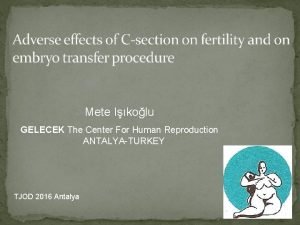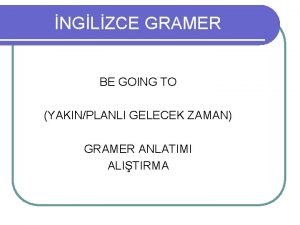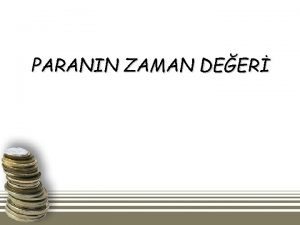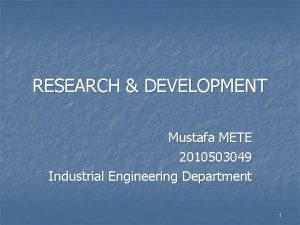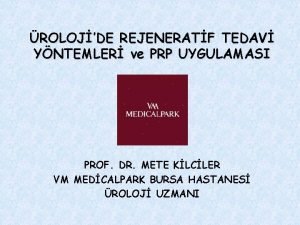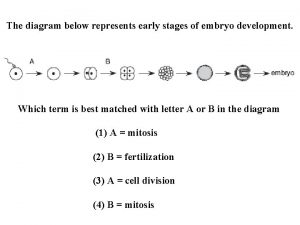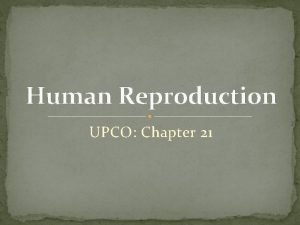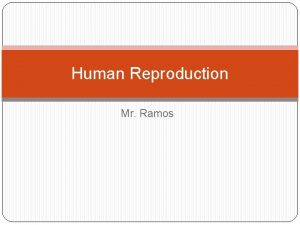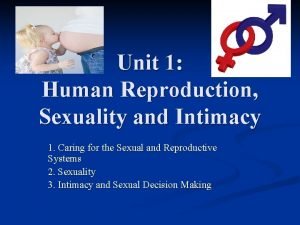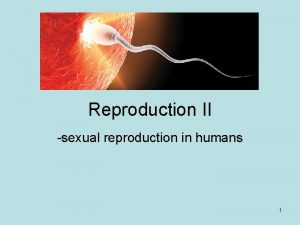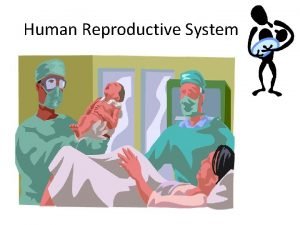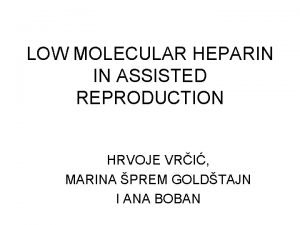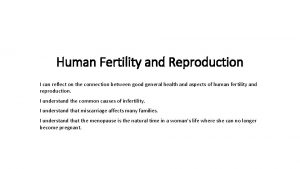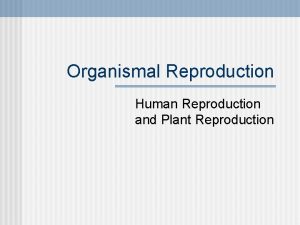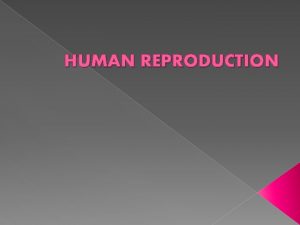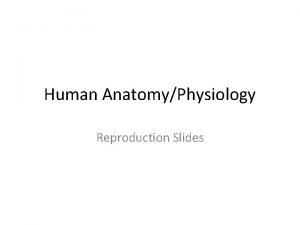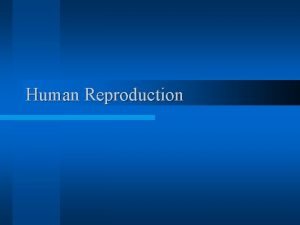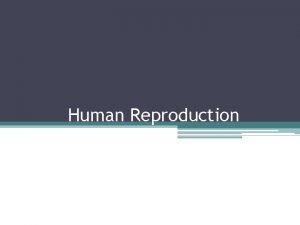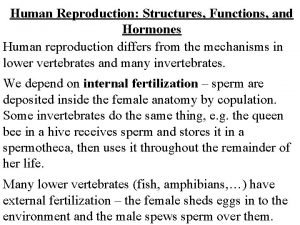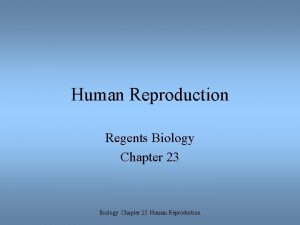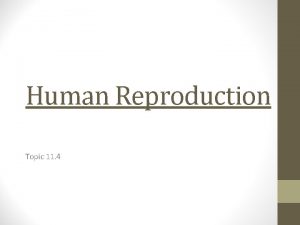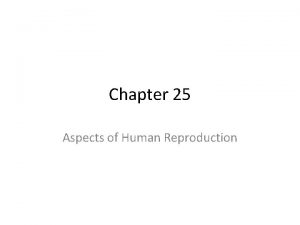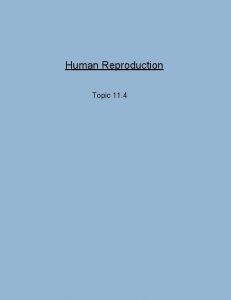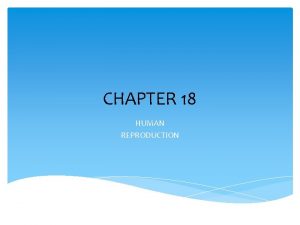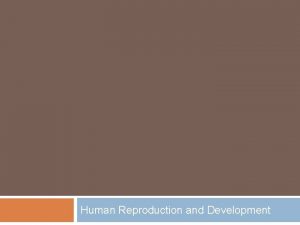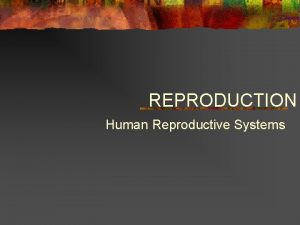Mete Ikolu GELECEK The Center For Human Reproduction


































- Slides: 34

Mete Işıkoğlu GELECEK The Center For Human Reproduction ANTALYA-TURKEY TJOD 2016 Antalya

Outline Introduction What is already known Our results Conclusion

The Increasing Trend in Caesarean Section Rates: Global, Regional and National Estimates: 1990 -2014 A Pilar, B Jianfeng, Y A Moller, J Zhang, M Gülmezoglu WHO 2014

Cesarean rates by country OECD

Cesarean rates in Turkey 1988: 5. 7% https: //www. medikalakademi. com. tr/wpcontent/uploads/2013/06/tjod-sezaryen-raporu-2013. pdf

Regional variations within Turkey

Facility Staff Legal aspect Social Consent & Education Financial aspect https: //www. medikalakademi. com. tr/wp-content/uploads/2013/06/tjodsezaryen-raporu-2013. pdf

Delivery costs

PATIENTS: Myths More women are asking for CS with no medical rationale? Listening to Mothers survey in 2005 in US: 1/ 1600 with no medical reason at her own request. Changes in the population of childbearing women (older women with medical conditions, more multiple births) CS rates are going up for all groups Sakala 2008 choicesinchildbirth. org

PATIENTS: Facts Low priority of enhancing women's own abilities Side effects of common labor interventions (labor induction, continuous electronic monitoring) Refusal to offer the informed choice of vaginal birth (VBAC) Casual attitudes about surgery and CS in particular Limited awareness of harms Sakala 2008 choiceschildbirth. org

One quarter of the reported that they had experienced pressure from a health professional to have a cesarean There is a change in practice standards and professionals are increasingly willing to follow the cesarean path under all conditions. Sakala 2008 choiceschildbirth. org

Adverse effects of CS Long term adhesion formation ongoing pelvic pain bowel blockage to be injured during future surgery Infertility ectopic pregnancy placenta previa, placenta accreta, placental abruption, uterine rupture

CS-infertility association Tower 2000 Hemminki E 1996 Oral 2007 Kjeruff 2013 Eijsink 2008 Gurol-Urganci 2013 Evers 2014 Collin 2006 Smith 2006 Tollanes 2007

The impact of Caesarean section on subsequent pregnancies could be analysed in 10 studies and on subsequent births in 16 studies. Patients with a CS history had a 9% lower subsequent pregnancy rate [risk ratio (RR) 0. 91, 95%confidence interval (CI) (0. 87, 0. 95)] and 11%lower birth rate [RR 0. 89, 95%CI (0. 87, 0. 92)], . Studies that controlled for maternal age or specifically analysed primary elective Caesarean section for breech delivery, and those that were least prone to bias according to the NOS reported smaller effects.

Retrospective cohort study 52000 women Birth certificate records of first and subsequent deliveries 15% lower subsequent birth rate after Caesarean delivery

2013 Meta-analysis to reveal subsequent sub-fertility (time to next pregnancy or birth) (1945 - October 2012), 11 articles, 750, 407 women Previous CS was associated with an increased risk of sub-fertility [pooled odds ratio (OR) 0. 90; 95% CI 0. 86, 0. 93]. Increased waiting time to next pregnancy 10% increased risk of subsequent sub-fertility Variations in the definition of time to next pregnancy, lack of confounding adjustment, or details of the indication for Caesarean delivery.

No differences were observed between the Cesarean and vaginal groups with respect to infertility after their most recent delivery (7 versus 6%, P ¼ 0. 597), the interval between their first and second births (30. 8 versus 30. 6 months, P ¼ 0. 872), or multiparity (75 versus 76%, P ¼ 0. 650). A history of Cesarean delivery was not significantly associated with infertility (odds ratio [OR], 0. 90; 95% confidence interval [CI], 0. 64– 1. 26). Women who reported infertility prior to their first delivery were significantly more likely to report infertility after each subsequent delivery (OR, 5. 16; 95% CI, 3. 60– 7. 39).

The effect was smallest for elective Caesarean for breech, and not statistically significant in women<30 Larger effects were observed after elective Caesarean for other indications and emergency Caesarean

BJOG The natural fertility rate subsequent to delivery by CS was 17% lower than the natural fertility rate subsequent to vaginal delivery (hazard ratio = 0. 83, 95% CI 0. 73– 0. 96, P < 0. 01; controlling for age, parity, level of education, urban/rural residence and young age at first intercours

Patient selection Bias Causal Social

Confounding factors advanced maternal age family size difficult or traumatic birth experience infertility prior to first delivery

Flow chart of review of clinical database and sample selection ALL INFERTILE WOMEN WITH DELIVERY IN HER HISTORY (# 87) #7 were excluded Group 2 (# 33): Group 1 (# 47): Women with a history of CS Women with a history of VD June 2008 and January 2016 GTB

Primary outcome measures: The association between the route of previous delivery and infertility Difficult embryo transfer Secondary outcome measures: Clinical pregnancy rate Implantation rate Miscarriage rate

Results In order to compare the rate of CS among secondary infertile women at our clinic (59%) with the official CS rate in Turkey, we performed Z score analysis. Calculated Z value was higher (2, 55) than the statistically significant Z score level (1, 96)

Demographic data Group I (#47) Group II (#33) p Patients’ agea 36, 3± 4, 6 34, 6± 5, 4 0, 117 Husbands’agea 40, 0± 5, 3 37, 8± 5, 4 0, 072 BMIa 25, 4± 4, 4 25, 9± 4, 0 0, 599 a Student-t test was used for the statistical analysis of the data

Etiological reasons for infertility Group II p Male factora 7 (14, 9%) 4 (12, 1%) 0, 496 Tubal factorb 8 (17%) 6 (18, 2%) 0, 893 19 (40, 4%) 11 (33, 3%) 0, 519 Endometriozisa 2 (4, 3%) 0 (0, 0%) 0, 342 Unexplainedb 7(14, 9%) 6(18, 2%) 0, 695 Combineda 4(8, 5%) 6(18, 2%) 0, 172 Ovulatory factorb a Fisher’s exact test b Pearson Chi-square test

Stimulation characteristics Group II Length of stimulationa Gonadotropin unitsa 8, 5± 2, 1 9, 0± 1, 5 2088± 721 2091± 566 P 0, 221 0, 986 Peak endometrial thicknessa 11, 6± 2, 1 12, 8± 2, 2 0, 014* No of embryos transferreda 1, 5± 0, 7 1, 3± 0, 5 0, 350 a Student-t test

Laboratory variables Group II p No of total oocytesa 9, 1± 7, 0 10, 2± 7, 9 0, 534 No of MII oocytesa 4, 2± 4, 6 5, 3± 5, 7 0, 335 Fertilization ratea 75, 8± 24, 9 80, 2± 21, 3 0, 410 Use of IVFb 15 (31, 9%) 7 (21, 2%) 0, 291 Blastocyst ETb 14 (29, 8%) 11 (33, 3%) 0, 736 4 (8, 5%) 0 (0, 0%) 0, 113 Difficult transferc a Student-t test b Pearson Chi-square test c Fisher’s exact test


Clinical outcome variables Clinical pregnancya Group II p 14 (29, 8%) 13 (39, 4%) 0, 371 3 (6, 4%) 3 (9, 1%) 0, 482 Miscarriage rateb a Pearson Chi-square test b Fisher’s exact test

The implantation rates for CS and ND groups were 19, 7% and 27, 3% respectively. Z score analysis showed a Z value of 0, 77 which was not statistically significant.

Strengths of the study Direct measure of fertility First data from more eastern region of the world. First data on probable adverse effect of a prior caeseran on embryo transfer

Conclusion Preop counseling should have particular concern on future fertility In case of CS history, mock transfer may be helpful VD is better compared to CS (TJOD, FIGO, ACOG) The long term problems of the CS abuse are starting to bother the new generation specialists

Teşekkür ederim
 Mete glottodidattiche
Mete glottodidattiche Mete human
Mete human Turkmen equivalents of english proverbs
Turkmen equivalents of english proverbs Planlı gelecek zaman
Planlı gelecek zaman Anüite tablosu
Anüite tablosu Dönem ayırıcı hesaplar nedir
Dönem ayırıcı hesaplar nedir Sexual reproduction vs asexual reproduction venn diagram
Sexual reproduction vs asexual reproduction venn diagram Sexual reproduction and asexual reproduction
Sexual reproduction and asexual reproduction Sexual and asexual reproduction in animals venn diagram
Sexual and asexual reproduction in animals venn diagram Mete data
Mete data I mete and dole
I mete and dole Dr mustafa mete
Dr mustafa mete Mete sucu kimdir
Mete sucu kimdir Fibroblast implantasyonu
Fibroblast implantasyonu El portero para o bloquea el balón que deporte es
El portero para o bloquea el balón que deporte es El hombre promete mientras lo mete
El hombre promete mientras lo mete Zehra mete
Zehra mete Alex mete trust me
Alex mete trust me Boari flap psoas hitch
Boari flap psoas hitch Mete
Mete Mete
Mete Mete han wikipedia
Mete han wikipedia The diagram below shows stages of human reproduction
The diagram below shows stages of human reproduction Human reproduction webquest
Human reproduction webquest Chapter 21 human reproduction
Chapter 21 human reproduction Introduction of human reproduction
Introduction of human reproduction Reproduction in humans
Reproduction in humans Sexual reproduction in human
Sexual reproduction in human Note on hypothalamus
Note on hypothalamus Reproduction in human
Reproduction in human Reproduction in human
Reproduction in human Human reproduction
Human reproduction Formuö
Formuö Typiska novell drag
Typiska novell drag Tack för att ni lyssnade bild
Tack för att ni lyssnade bild

